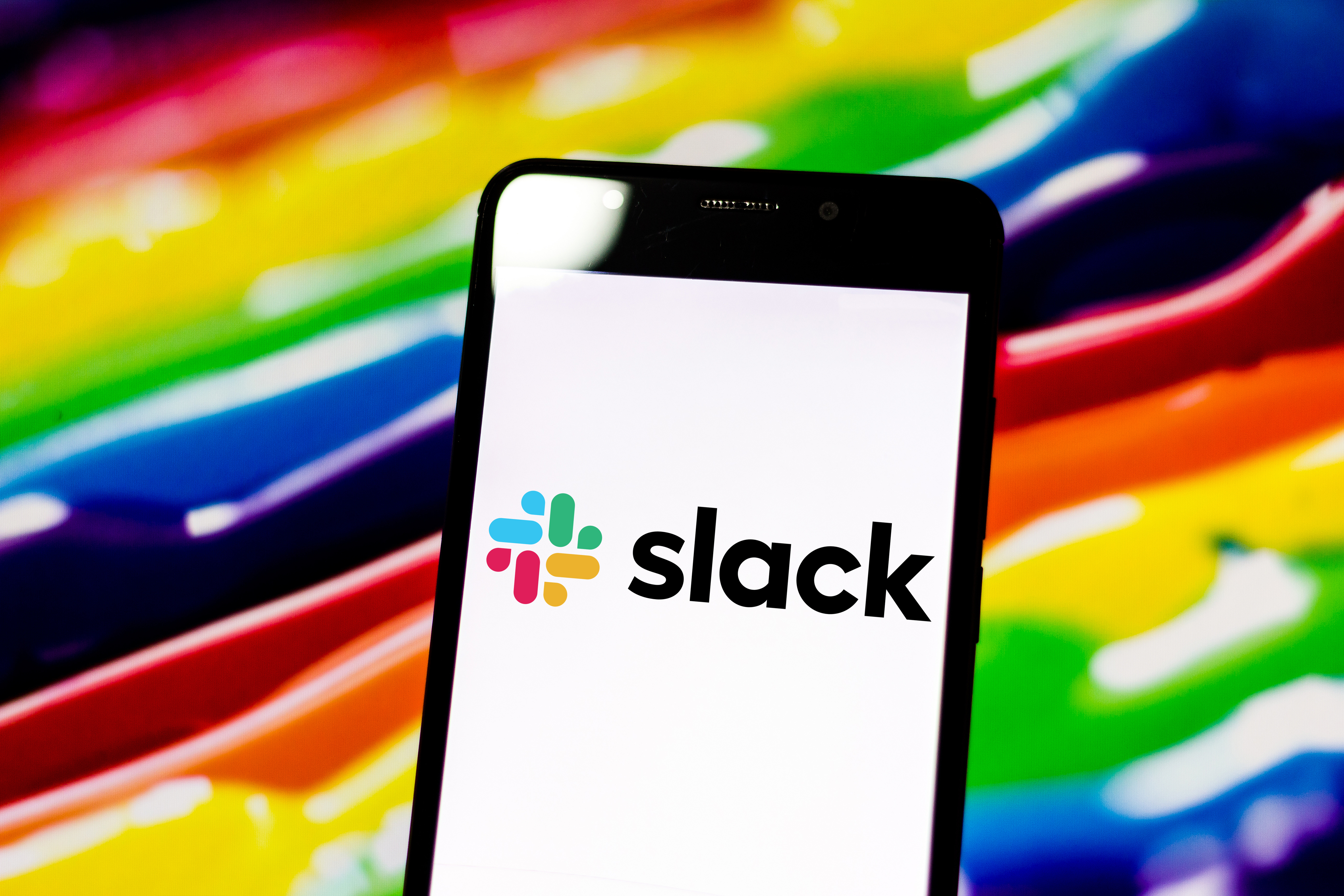Such hate. Such dismay. “How Slack is ruining work.” “Actually, Slack really sucks.” “Slack may actually be hurting your workplace productivity.” “Slack is awful.” Slack “destroys teams’ ability to think, plan & get complex work out the door.” “Slack is a terrible collaboration tool.” “Face it, Slack is ruining your life.”
Contrarian view: Slack is not inherently bad. Rather, the particular way in which you are misusing it epitomizes your company’s deeper problems. I’m the CTO of a company which uses Slack extensively, successfully, and happily — but because we’re a consultancy, I have also been the sometime member of dozens of others’ Slack workspaces, where I have witnessed all the various flavors of flaws recounted above. In my experience, those are not actually caused by Slack.
Please note that I am not saying “Slack is just a tool, you have to use it correctly.” Even if that were so, a tool which lends itself so easily to being used so badly would be a bad tool. What I’m saying is something more subtle, and far more damning: that Slack is a mirror which reflects the pathologies inherent in your workplace. The fault, dear Brutus, is not in our Slacks, but in ourselves.
How should one Slack? Asynchronously, to begin with. Without the expectation of an immediate response. This comes easily to us, because most of our engineers are remote: we understand that even if we @-mention or direct-message someone, there is a good chance they will not respond immediately, or even half an hour from now, or even anytime soon. Perhaps they are away-from-keyboard. Perhaps they have snoozed notifications while focusing on coding. Perhaps they are simply asleep because it’s 3 AM in New Delhi or Ljubljana.
The key is that we don’t assume or rely on people to be constantly synchronously available. Once someone has replied — that’s different, of course. Once a conversation has begun, you implicitly slip into real-time, synchronous mode until some kind of resolution is reached. But until then, until you receive that ACK, Slack is asynchronous communication.
Contrast that to some quotes from the above condemnations: Slack “creates guilt and fear—guilt that you’re not logged in often enough.” “If you are on Slack, remember that you don’t have to respond quickly, especially in channels. You also don’t have to respond to everything!” It “is my nightmare. The fast-paced environment gives me heart palpitations.” It “normalizes interruptions, multitasking, and distractions … insanely short reply times … people can escalate from asking in a room to @person to @here in a matter of minutes.”

Image by Rafael Henrique/SOPA Images/LightRocket via Getty Images
I put it to you that these reports sound more like tales of fundamentally pathological workplaces, or perhaps some kind of untreated anxiety disorder than a problem with the communication medium you happen to be using.
It is true that people should not log in and immediately tell the whole Slack world about their morning commute, unless there is an opt-in channel devoted to that. It is true that you should be judicious about the use of @here or especially @channel. It is true that you should “/leave” channels aggressively, and more importantly that it should be OK to “/leave” channels aggressively, rather than allowing them to proliferate into a wall of noise. It is true that you should keep random chitchat to channels devoted to random chitchat.
But it is also true that this should all go without saying. None of these prescriptions are exactly rocket science. In the Slack of one sometime client, who shall go unnamed in order to protect the guilty, people regularly use @here or even @channel to notify people that they are going to be a little late today. Why do they do this? Because they think they need to. Why do they think they need to? Because there is some deeper corporate pathology there, surfaced by this symptom on Slack.
I find the article “What happened when we took a week off of Slack” especially instructive. The lessons learned include: “Not posting status updates like ‘Going on a lunch run’ or ‘Good morning’ was freeing. It feels a little like punching the clock.” This from a remote-first company! Why did they ever feel the pressure to post meaningless-noise status updates in the first place?
Ah: “It felt liberating not having to notify the team in Slack when to step away for some fresh air. I really think being remote makes me feel that I need to do that.” I can personally assure you, with one million percent confidence, that if a remote worker feels the anxious need to account for their whereabouts and activities to the rest of the company on an ongoing, minute-by-minute basis, your problem is not Slack, your problem is how you handle remote work.
I’ve seen Slack mirror deeper corporate problems in at least half-a-dozen different ways. Lots of DMing outside of channels, where there was a lot of clandestine backstabbing power politics. Two employees hurling insults and abuse at one another in a public channel, in an especially pathological organization. Constant streams of updates from everyone to everyone, in environments of anxious insecurity, or ones plagued by makework and/or ill-defined roles.
Use Slack judiciously, rather than spamming the world. Use it asynchronously, rather than insisting on immediate responses. Don’t use its threads, because its threads legitimately are terrible. But otherwise, when Slack goes wrong, be aware that there’s a very good chance that it is the symptom of a deeper problem. One which you now have a decent chance of diagnosing, with an eye towards curing … but if and only you manage to avoid blaming your tools for them.
